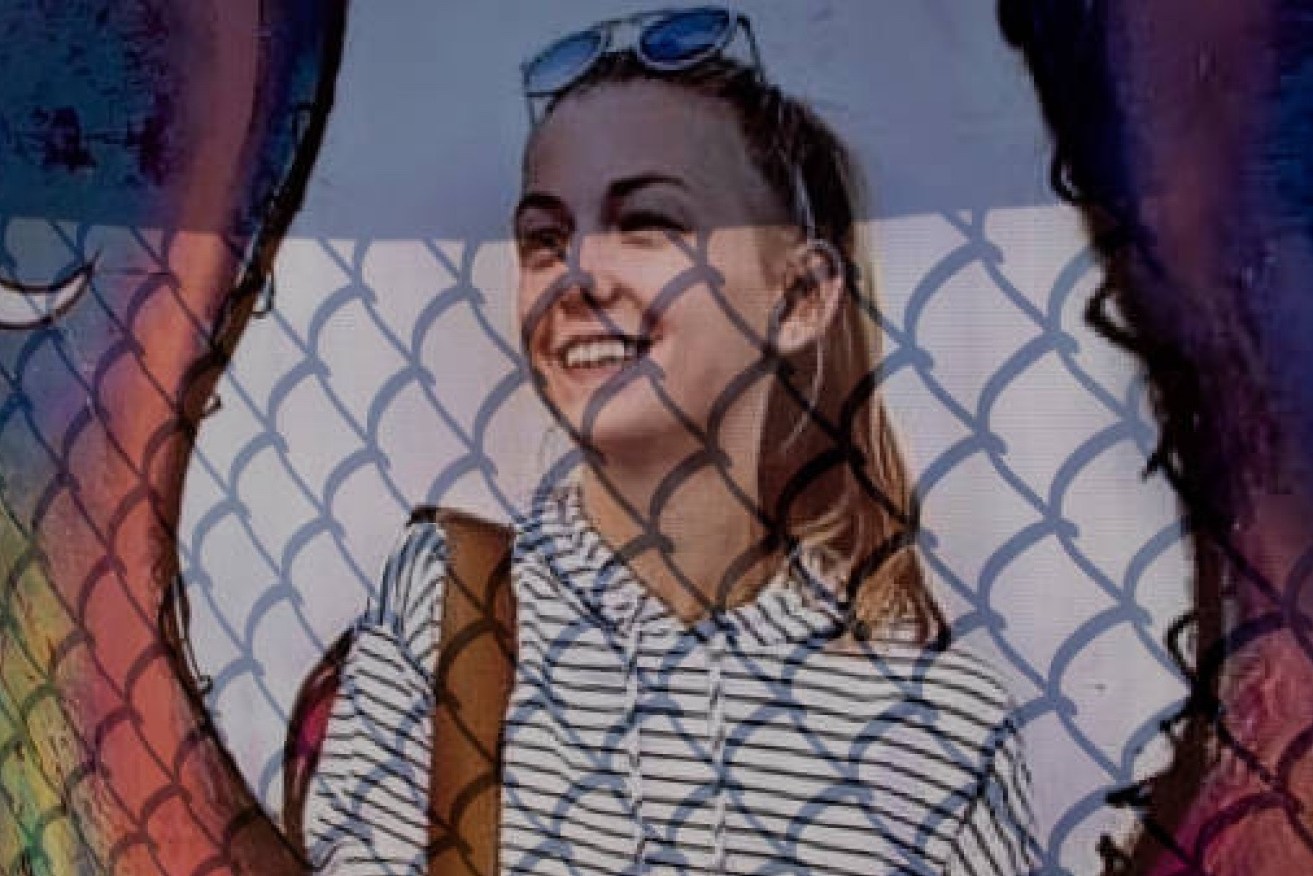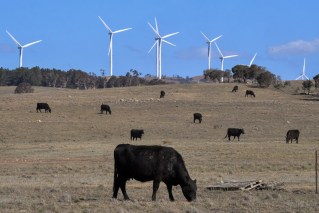We need to stop treating human tragedy as entertainment

Perhaps we all need to look at how we respond to victims of violent crimes.
The murder of 22-year-old American Gabby Petito and disappearance of her fiance 23-year-old Brian Laundrie, have sparked worldwide interest and speculation.
Podcasts have been made covering the case, news outlets worldwide are giving daily updates – it would seem the public’s incessant consumption of true crime is feeding a market need for new material at an increasingly ravenous pace.
As of Monday a Google search of Petito’s name returned more than 41,000,000 hits, and between TikTok and Twitter, there are now well over a billion posts with her name as a hashtag.
In June 2021, the couple embarked on a road trip across the US, sharing their trip on social media with her growing fan base.
Although the couple was travelling together, on September 1 Laundrie arrived at his parents’ home in Florida, alone, in their white van.
On September 19, Petito’s remains were found, and police have ruled her death as a homicide.
An arrest warrant has since been issued for Laundrie, but his whereabouts remain unknown.
In essence, Petito’s life, and death, have been co-opted by the media and public as a form of entertainment.
It would seem that the proliferation of true crime – and the constant need to feed that monster, have desensitised many to the human stories behind the deadlines.
But what effect does this have on those intimately caught up in these events, and why do some cases become of such significant public interest, while the families of other victims struggle to raise awareness of their own loved ones’ cases?
Media narratives
There are a number of factors at play here.
The first is that there are all the elements present to allow media outlets to create a strong narrative around Petito’s disappearance and death; the endless images and videos she posted to social media of her road trip, the drama of her previous interaction with the police – captured on body camera and showing a very distressed young woman obviously in crisis – the building of the tension with her disappearance, which also acted as a cliffhanger, before the tragic news of her death.
In essence, all of the elements of a popular true crime narrative, with all the mystery, hooks, and tropes of recent shows and podcasts such as Casefile, Bowraville and Serial.
But this is not a TV show or a movie.
This was a young woman’s life, and death, which has now become media fodder, with her final days being treated as entertainment.
Theories as to what happened are running rife, current affairs programs are pumping out hastily produced pieces with experts picking apart what we know, and what they predict may have happened.
The media benefit, as it provides high traffic content for the 24-hour news cycle, and clickbait for online stories.
And some individuals are also capitalising on Petito’s case to gain attention.
For example one woman co-opted Petito’s murder as her personal brand, posting 70 videos on TikTok in six days, rocketing her following from 170,000 people to over 650,000, with many other TikTok users capitalising on the same trend.
Others have created Instagram and Twitter accounts in Petito’s name, in what could be seen as an opportunistic and narcissistic attempt to gain followers.
‘Missing white woman syndrome’
Since Petito’s case went “viral”, many people have pointed out the media’s complicity in creating another case of “missing white woman syndrome”.
Missing white woman syndrome highlights the notion of “worthy” and “unworthy” victims – those who are considered valuable front-page news, and those who aren’t.
This refers to the overabundance of coverage of cases of missing white women, and the lack of coverage of people of colour and men.
The argument is not that white women deserve less attention, just that others deserve the same level of interest.
This disparity in media coverage has led to calls from Indigenous people, both in the US and Australia, for change.
Consider the case of 20-year-old Ashley Loring Heavyrunner, an Indigenous woman who disappeared in Montana in 2017, whose story was barely given a fraction of the coverage that Petito received by the media.
But her story is sadly reflected across Native American communities where there is an epidemic of missing people.
The lack of reporting around Indigenous people’s disappearances highlights the media’s disinterest in helping to raise awareness of missing persons more generally, and that the purpose of news stories is to create a sensationalised narrative for public consumption.
Criminal case as fair media game
My concern, from a criminologist’s perspective, is what happens if this case goes to court, if someone is tried for her murder?
Will this saturation of speculation have an impact on the judicial process?
Perhaps we all need to look at how we respond to victims of violent crimes. We can all make a change to the narrative and don’t have to buy into the media feeding frenzy.
This is an important discussion – these women and their lives are not ours to co-opt, to voyeuristically dissect.
They are not a form of entertainment.
This article is republished from The Conversation under a Creative Commons licence.








